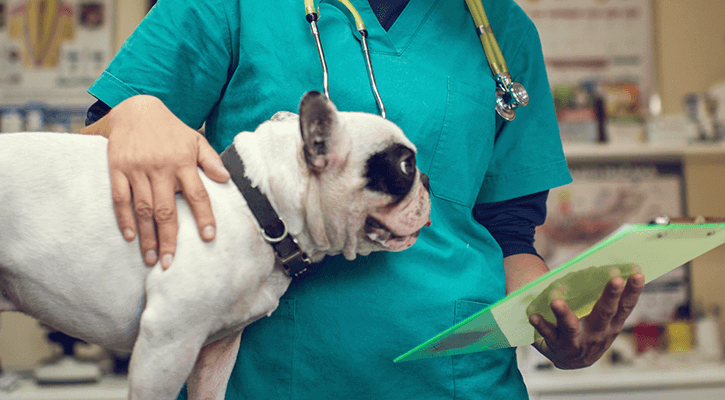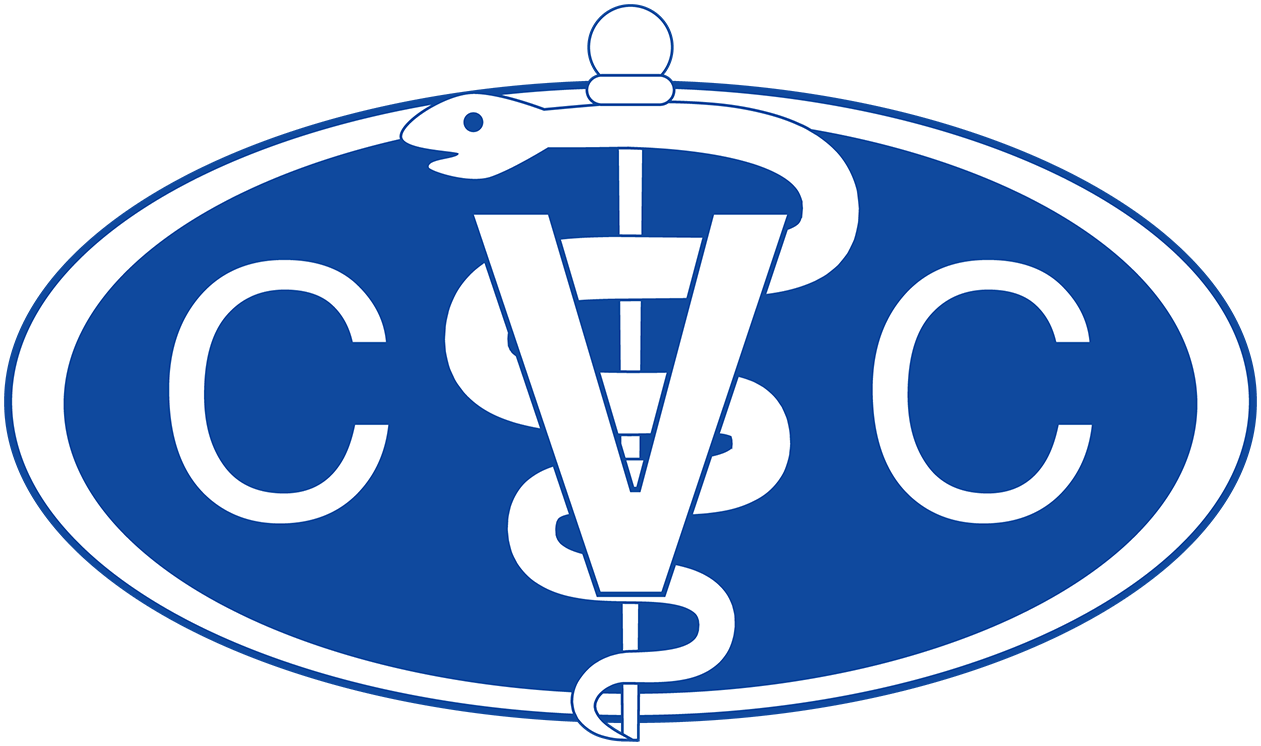
Surgery
Making Pet Surgery as Painless as Possible
At Carroll Veterinary Clinic, our experienced veterinarians are skilled in a wide variety of surgical procedures. Cumulatively, our team of four veterinarians has performed tens of thousands of pet surgeries, including general pet surgery, soft tissue, orthopedic surgery, and dentistry.
Whether your pet needs surgery because of an illness or trauma, or requires a routine veterinary procedure such as a spay or neuter, you can trust our veterinarians to handle all your pet’s surgical needs, including:
- Discounted spay and neuter
- Pyometra
- Cryptorchid neuter
- C-section
- Wound repair and reconstruction
- Urogenital obstruction repair
- Trauma repair
- Oral surgery and dental procedures
- Tumor and mass removal
- Thoracic wall repair
- Foreign body removal
- Bone fracture repair including internal and external fixation
- Eyelid surgery
- Amputation
- Hernia repair
- Femoral head surgery
- Diaphragmatic hernia
- Stifle surgery (cruciate and patellar surgeries)
- Stomach and intestinal surgeries
- Biopsies
- Prolapse repair
- Anal gland removal
- Tail docking
- Splenectomy
- Orthopedic surgeries
- Calculi removal and bladder surgery
- Exploratory surgeries
- Prostatic cyst surgery
- Gastropexies
- Mammary gland removal
We Put Your Pet’s Comfort and Safety First
Anesthetic safety begins with a thorough pre-surgical exam and laboratory work appropriate to your pet’s age and condition. During all pet surgeries performed at our animal clinics, we emphasize pain management before, during, and after veterinary surgery. By reducing or eliminating pain, discomfort, or anxiety, your pet will have a better surgery experience. We also find that calm, relaxed pets heal faster and experience fewer complications.
Our standard surgical veterinary practices include:
- Comprehensive pain relief, including CRI (constant rate infusion) of analgesics or pain relievers
- Anesthesia administered and monitored by licensed and registered veterinary technicians
- Continuous monitoring of each patient’s vital signs and EKGs during anesthesia
- Overnight care in our animal clinics for most pet surgery patients
Our commitment to pain management and the highest quality care during and after veterinary surgery helps ensure that when you bring your pet home, your dog or cat is feeling better and ready to return to normal activity as soon as possible.
Before and After Veterinary Surgery
If your pet is scheduled for surgery with us, please do not give any food or water after midnight the night before surgery. Our staff will let you know if you need to follow any other pre-surgery instructions.
For your convenience, you may download and complete our pet history form and bring it with you to your pet’s appointment.
Following surgery, you will receive customized after-care instructions from our staff. And you may always contact us with any questions or concerns.
If you are considering veterinary surgery for your pet, please contact us at 276-728-4841 to schedule a consultation with your Carroll Veterinary Clinic veterinarian.
Alternatives to Declawing
Scratching is a normal behavior of cats. It conditions the claws, serves as a visual and scent territorial marker, allows the cat to defend itself, and provides healthy muscle engagement through stretching. In many cases, a cat can be trained to scratch only appropriate surfaces. However, a cat’s excessive or inappropriate scratching behavior can become destructive or cause injury to people in the home.
Alternative Options Include
- Providing appropriate scratching surfaces, such as dedicated posts and boards that are tall enough to encourage full stretching. What constitutes an attractive surface or location varies by cat, so don’t be afraid to get creative! Scenting with catnip may help too.
- Frequent nail trims – every 1-2 weeks
- Nail caps – replaced every 4-6 weeks
- Positive reinforcement training, beginning with kitten kindergarten if available
- Pheromone sprays and/or plug-ins
- Discourage use of inappropriate surfaces by attaching sticky tape or tinfoil
- Punishment is not an effective deterrent
Learn more about declawing and why we recommend against this elective procedure, please visit: catscratching.com
